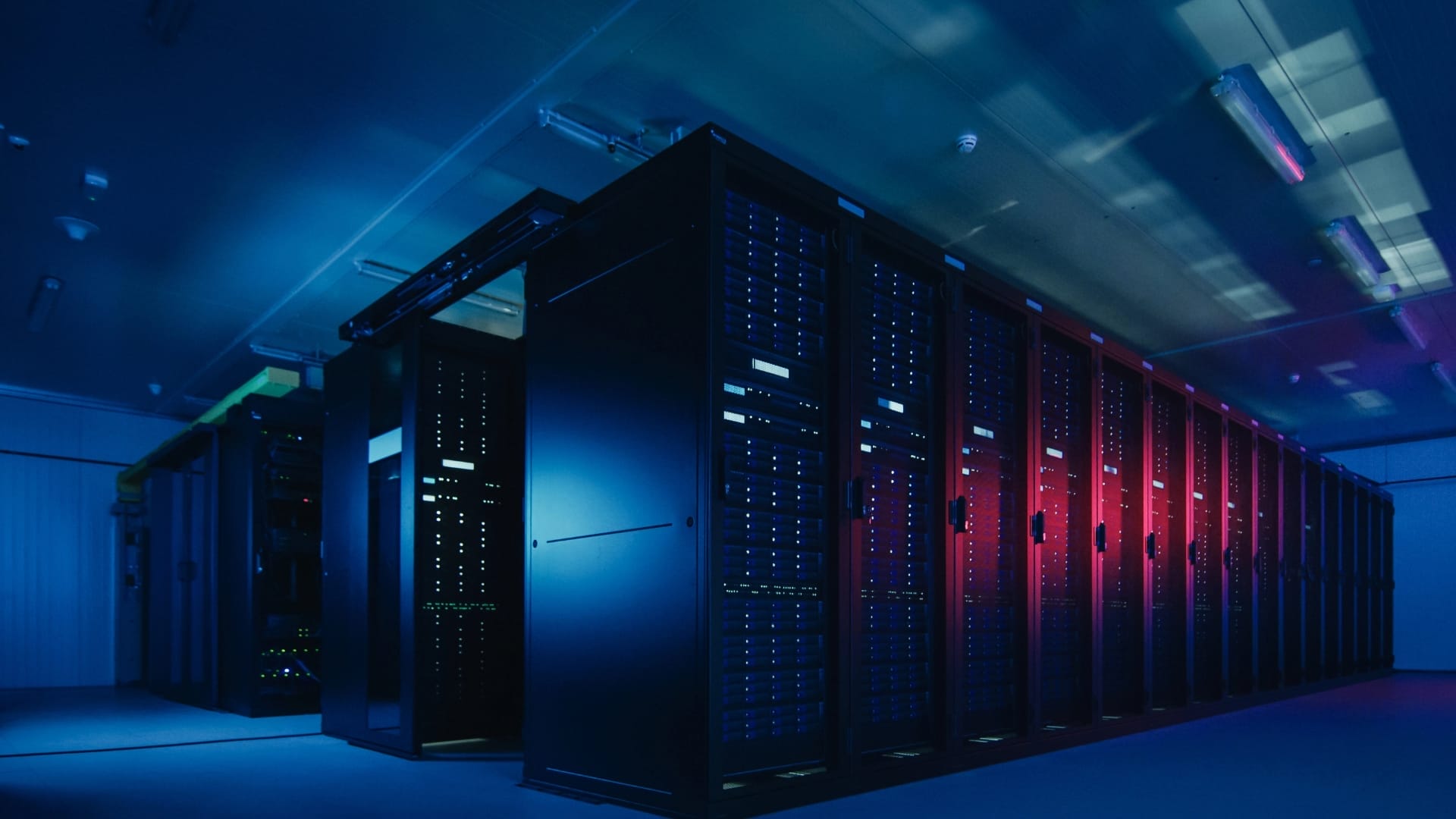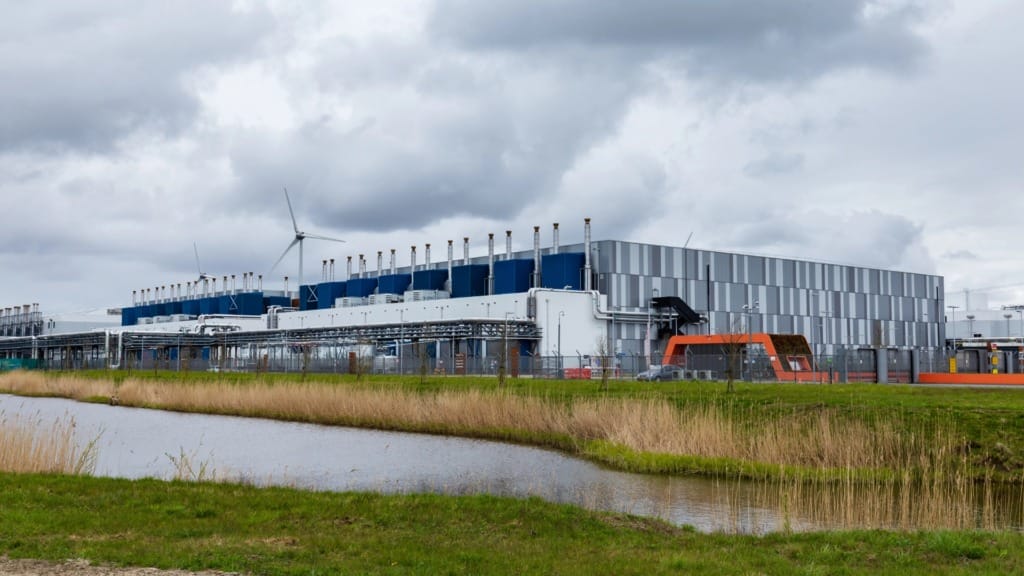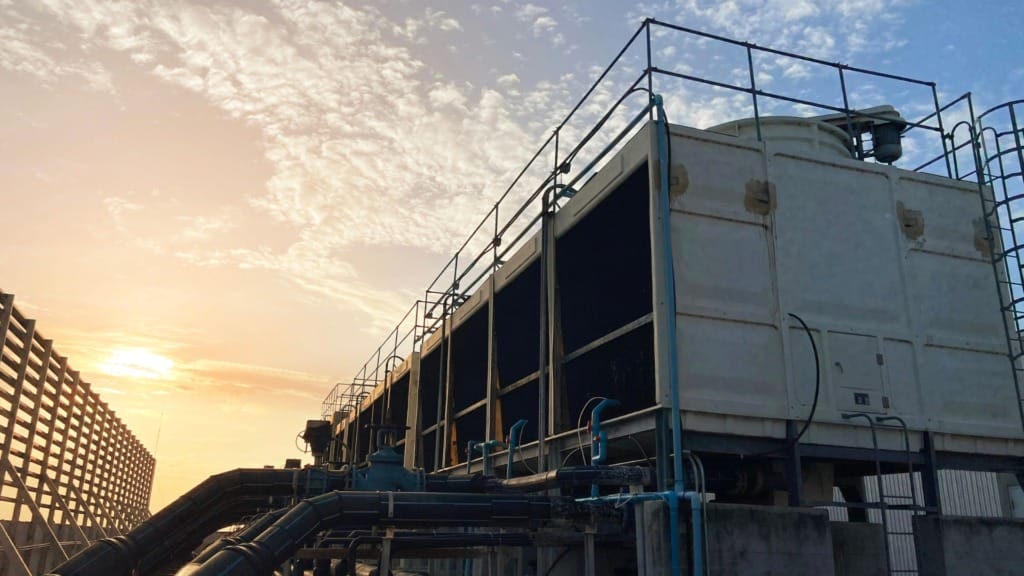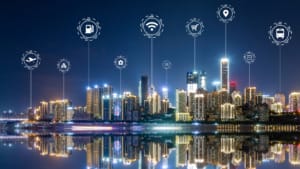Building the next-generation enterprise data centre
Enterprises in Southeast Asia must modernise data centres with AI-ready compute, NVMe-TCP storage, advanced cooling, and green standards.

Data centres are no longer quiet, hidden facilities at the edge of the enterprise. They have become strategic assets powering artificial intelligence, advanced analytics, and cloud-native applications. In Southeast Asia, where digital adoption is accelerating across financial services, manufacturing, and e-commerce, the ability to process data quickly and reliably is a competitive advantage. Yet the demands placed on enterprise data centres are changing. Artificial intelligence, regulatory pressure, and sustainability goals are forcing a rethink of everything from power distribution to cooling systems.
Table Of Content
According to the International Energy Agency, global electricity use from data centres could more than double by 2030, with AI workloads being the primary driver. This projection creates significant cost and operational risks for enterprises in energy-constrained regions. In Singapore, where land and power supply are limited, the government has already imposed strict data centre standards, forcing operators to prioritise efficiency and sustainability.
The impact goes beyond infrastructure. Rising energy bills, increasing regulatory oversight, and customer expectations for greener operations are all converging to push enterprises towards a more forward-looking model. In Southeast Asia, the region’s rapid cloud adoption and the rise of regional AI hubs make this especially urgent. Without deliberate planning, enterprises risk being left behind by competitors that invest in data centres capable of meeting future demands.
Power and cooling for an AI-driven world
The surge in AI adoption is driving unprecedented rack power densities. Traditional enterprise racks average under 8 kW, yet AI workloads now demand 40–100 kW, with some roadmaps suggesting over 1 MW per rack for specialised deployments. This divergence creates a two-tier estate: general-purpose racks cooled by air, and high-density “AI islands” that increasingly rely on liquid cooling.
Direct-to-chip liquid cooling is emerging as the preferred approach for many operators, providing efficient thermal management while preserving compatibility with existing designs. Immersion cooling remains a niche technology, but it is being tested for extreme-density environments where conventional systems fail. The Open Compute Project’s Advanced Cooling Facility guidelines provide standardised reference architectures, helping enterprises avoid costly trial-and-error when deploying new cooling systems.
Power distribution is also being re-engineered. Hyperscale facilities are shifting from 48VDC to ±400VDC distribution, enabling higher efficiency and supporting rack densities in the hundreds of kilowatts. This trend will influence enterprise facilities over the next decade, even if the immediate priority is the implementation of modular retrofits.

In Southeast Asia, where energy availability varies widely between countries, on-site generation and battery storage are becoming more attractive. Some operators are experimenting with renewable microgrids and hydrogen fuel cells to mitigate supply risks. These innovations may seem ambitious now, but they represent the kind of resilience enterprises will need as AI workloads continue to strain existing infrastructure.
Choosing compute platforms for diverse workloads
Compute strategy is not about choosing between Intel and AMD CPUs. AI workloads now dominate investment decisions. Enterprises evaluating infrastructure must consider NVIDIA’s Grace Blackwell platforms with NVLink fabrics, AMD’s Instinct MI300 accelerators, and Intel’s Gaudi 3 systems. Each platform comes with unique networking, power, and cooling implications that affect long-term planning.
For AI training, high-bandwidth interconnects and large GPU clusters are essential, while inference at scale demands more efficient accelerators optimised for cost per query. General-purpose workloads, ranging from ERP systems to microservices, continue to be dominated by x86 processors; however, efficiency per watt is increasingly critical. Intel Xeon 6 and AMD EPYC processors are being positioned for cloud-native and containerised environments, particularly where licensing costs are tied to core counts.
Enterprises in Southeast Asia face additional considerations. Many operate hybrid models, running AI workloads on-premises for reasons of sovereignty and compliance, while bursting into public cloud for elasticity. This model requires interoperability at both the hardware and software levels. Choosing platforms that support open standards and multi-vendor ecosystems is, therefore, a defensive strategy against lock-in.
The rapid pace of innovation also means procurement cycles must evolve. Traditional five-year refresh cycles are no longer sufficient. Forward-looking enterprises are transitioning to modular procurement, enabling them to integrate new compute nodes as workloads evolve easily. This shift requires a more agile mindset within IT leadership, but it is essential for keeping pace with the demand for AI.
Network and storage for high-performance operations
AI training and analytics generate immense east-west traffic within the data centre. Enterprises are upgrading networks to 400G and 800G Ethernet, with 1.6T already on the horizon. According to a survey referenced by EMA, only about half of enterprises globally believe their networks are “AI-ready”, underlining the significant gap between aspiration and infrastructure readiness. For Southeast Asia, where bandwidth costs remain high, investment in efficient optical interconnects and congestion control is critical.
Storage is undergoing a parallel transformation. NVMe-over-Fabrics, and especially NVMe-over-TCP, has emerged as a leading choice because it delivers the high performance of shared flash storage without the complexity or high cost associated with Fibre Channel, according to the Storage Networking Industry Association’s insights on NVMe-TCP in the enterprise. This shift allows enterprises to standardise on Ethernet for both networking and storage, simplifying operations while boosting scalability.

Data platforms are also evolving. Enterprises are moving towards lakehouse architectures built on Apache Iceberg, Delta Lake, or Apache Hudi, which unify structured and unstructured data. These frameworks provide the flexibility needed for advanced analytics and machine learning. For highly regulated industries such as banking and healthcare in Southeast Asia, this architecture facilitates compliance by simplifying the enforcement of data lineage and governance.
The integration of storage and compute is also a critical consideration. Disaggregated storage models are increasingly popular, enabling compute resources to scale independently of storage. This design is particularly valuable in AI contexts, where datasets grow faster than the processing requirements can be met. For enterprises seeking flexibility in hybrid deployments, this separation ensures resources can be provisioned where they are most effective without creating bottlenecks.
Security, governance, and regulatory readiness
The regulatory environment is reshaping data centre strategies. In Europe, the Energy Efficiency Directive requires annual reporting of energy KPIs for centres above 500 kW, while the EU Data Act mandates interoperability and restricts switching fees from 2025. For multinational enterprises with a presence in Southeast Asia, these developments cannot be ignored, as regulatory expectations often extend across regions.
In Singapore, the SS 564 Green Data Centre standard provides a structured framework for energy and environmental management. Adopting such frameworks is increasingly viewed not just as a compliance measure, but also as a reputational differentiator. Enterprises that align early are better positioned to earn the trust of both regulators and customers.
Security frameworks are also evolving. NIST’s Cybersecurity Framework 2.0 introduces a new “Govern” function that elevates cyber risk management to the boardroom. This change emphasises accountability for supply chain security and operational resilience. For enterprises in Southeast Asia, where high-profile breaches have shaken consumer confidence, this reinforces the need to treat security as a foundational design principle rather than an afterthought.
Moreover, cyber resilience must extend beyond digital defences. Physical resilience—such as redundant power and cooling domains—remains vital. As outage reports from the Uptime Institute indicate, downtime costs are increasing even as overall outage rates remain stable. Building governance into infrastructure helps enterprises mitigate these risks before they escalate.
Building a hybrid and sustainable operating model
The future enterprise data centre will not exist in isolation. Hybrid models are becoming the default, with AI-intensive or latency-sensitive workloads hosted on-premises or in colocation facilities, while elastic workloads remain in the public cloud. This mix reflects both technical necessity and financial reality. For many enterprises in Southeast Asia, colocating high-density AI workloads is the fastest way to secure reliable power and cooling, without the delays associated with building new facilities.

Sustainability is equally urgent. With global Power Usage Effectiveness (PUE) gains slowing down, the industry’s focus is shifting. Leaders are now prioritizing Water Usage Effectiveness (WUE) and exploring innovative ways to reuse waste heat. In Singapore, regulators require detailed environmental impact disclosures for new data centers, providing a strong incentive for operators to adopt renewable energy and cutting-edge cooling technologies. As a result, enterprises that don’t account for sustainability risks may find themselves at a competitive disadvantage or facing higher operational costs.
Automation is becoming a differentiator. Digital twins, as demonstrated by Schneider Electric, are helping enterprises simulate extreme workloads before deployment, reducing the risk of costly failures. Meanwhile, platform engineering teams are integrating cloud-native disciplines, such as GitOps and FinOps, into on-premises environments, ensuring governance and cost transparency extend across hybrid estates.
The combined effect of these shifts is a new operating model. Enterprises are not just managing infrastructure—they are orchestrating a blend of energy, compute, network, and compliance factors. Those who adopt this approach are building facilities that are not just suitable for today but also adaptable to the rapid changes that define the next decade.













